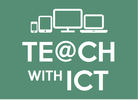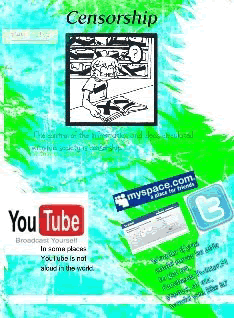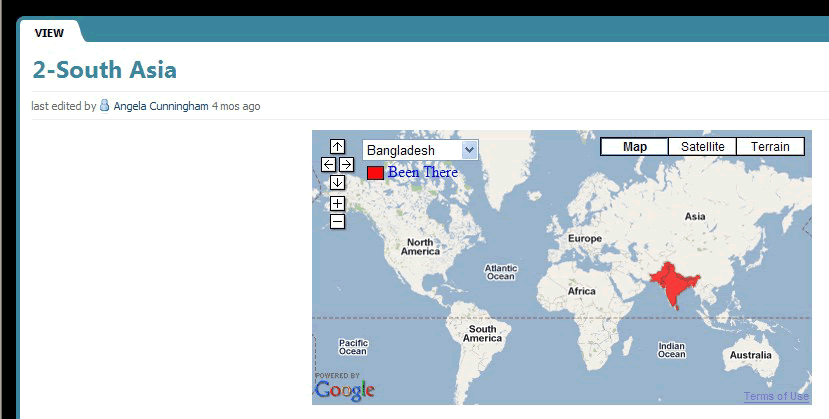Using Web 2.0 in the classroom
There is an abundance of free online tools available to enhance teaching and learning. In this article I explore how web 2.0 applications can be used in the classroom as well as list my favourite web 2.0 resources.
Using Web 2.0 in the classroom
Top web 2.0 applications
Using Web 2.0 in the classroom
Top web 2.0 applications
Blogs(or Web Logs) are increasingly being used in education by teachers and students. Blogs provide a communication tool that teachers can use with students to develop writing, share ideas and reflect on work being undertaken in the classroom. Free online tools such as ‘edublogs’ and ‘weebly’ allow teachers to create secure student blogs, or classroom websites, with little or no prior technical knowledge!
For instructions on how to create a blog using weebly, click on the link below: how to create a blog |
GlogsGlogster EDU is a fantastic, free, education website for teachers to use with their students. It allows you to create interactive posters that include text, video, hyperlinks, and im-ages.
Glogster is a great technology tool to use in the classroom because it is so flexible. You can use it for biographies, time lines, math formulas, instructional writing and experiment results. You can also use Glogster to create resources to support your teaching e.g. Starter or plenary activities. For examples of how Glogster can be used in the classroom visit: http://edu.glogster.com/categories/ |
WikisA wiki allows a group of people to collaboratively develop a Web site with no prior knowledge or experience of website design.
Wikis are a great places for students to collaborate on projects. Each student could have their own page on which they can be an 'expert' on a subject. You could have a page where students write book reviews, create a classroom newsletter, create an online dictionary of key words, list ingredients / apparatus for the next lesson or just create a place to collect links and resources for a particular topic or lesson. |
Geography students work together to create a Wiki about India
|
Educational value of WikisWikis encourage group social interaction and collaboration and support learning beyond the limits of the classroom and classroom activities.
How to get started Wikis are really easy to setup however, you will first need to create a free account. Visit: http://www.wikispaces.com/site/for/teachers to get started. For instructions on how to create a wiki using wikispaces, click on the link below: how to create a wiki |








